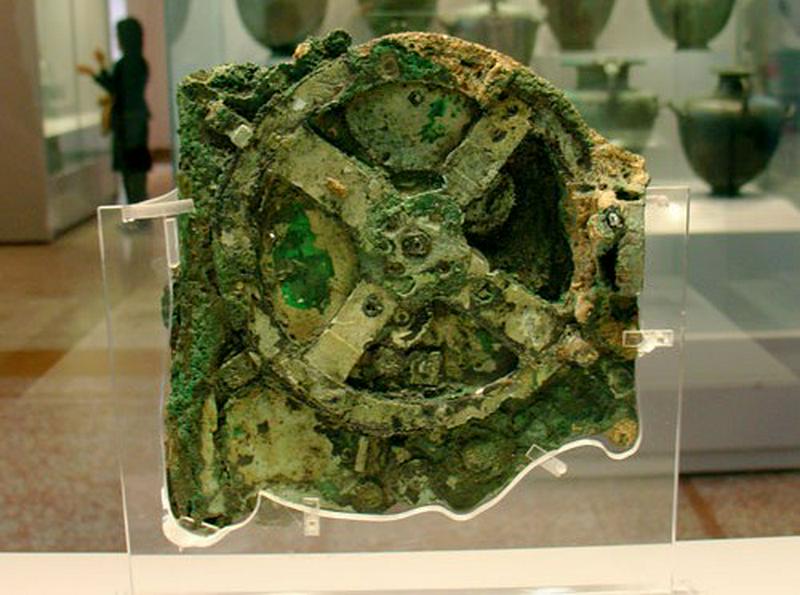Antikythera Mechanism: A Two-Thousand-Year-Old Computer?
By | July 20, 2019

Computers are largely thought of as a 20th-century invention. After all, computers require electricity and that wasn’t harnessed until the 19th century. However, our ancestors have proven many times that they could work well with what they had. That seems to be the case with the Antikythera mechanism, which is more than two thousand years old and believed to be the world’s first computer.
First discovered in 1900 among the wreckage of a two-thousand-year-old vessel off the coast of the Greek island Antikythera, this mechanism consists of a series of brass gears and dials mounted into a wooden box. For decades, scholars were at a loss to explain what the device was and what it was used for. Then in 1959, Princeton science historian Derek J. de Solla Price was able to shine some light on the mystery.

After a careful analysis of the device, Price determined that it was used to replicate the movement of the planets and stars in the sky based upon the current month. The person operating the device would use the main gear to set the date and this would turn the other gears to the correct positions of the planets and stars. Price compared it to a “modern analog computer which uses mechanical parts to save tedious calculation.” Unlike computers of today whose programs are written in digital code, the Antikythera mechanism’s code was based upon the ratio of its gears. It had this in common with mechanical calculators, which did not arrive in Europe until the 1600s and used gear ratios to add and subtract.

With the advancement of X-ray imaging and 3D mapping technology in the 1970s and 1990s, scientists were able to analyze the device more closely. In 2006, Mike Edmunds of Cardiff University in Wales used CT scans to reveal inscriptions on the fragments of the mechanism. The inscriptions turned out to be something of an instruction manual explaining how to use the mechanism. They learned that the mechanism could do more than they ever imagined.

The complete mechanism had stone or glass orbs representing Mercury, Venus, Mars, Jupiter, and Saturn - the five planets visible without a telescope. A rotating black and silver ball which displayed the phases of the moon. The device also had two dials, one was a calendar and the other showed the timing of solar and lunar eclipses. The device showed the position of the sun and moon relative to the twelve constellations of the zodiac. It also had a dial specifically for counting down the days until regularly scheduled sporting events like the Olympics.

There are still fragments missing and, as a result, still much to learn about this ancient device. For example, researchers still debate whether or not the device accounted for epicycles, periods of times when planets appear to wander back and forth due to orbiting the sun rather than Earth. There is also debate concerning where exactly the device was made and who used it. And then there is the question of whether it is the only one or if there are others waiting to be discovered. But the biggest question of all is how the ancient Greeks managed to create such a sophisticated device.

